Solidago odora var. chapmanii
(Chapman's Goldenrod)
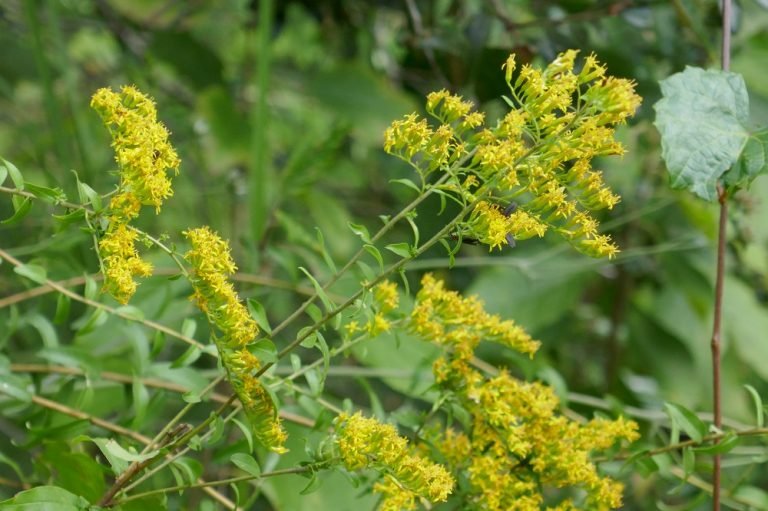
Common Names, Latin Name, and Family
The only common name for this native wildflower is Chapman’s goldenrod.
Chapman’s goldenrod is in the Asteraceae, or aster family.
Two varieties of Solidago odora occur in Central Florida var. chapmanii and var. odora (Sweet goldenrod). Sweet goldenrod produces an anise scent when the leaves are crushed and Chapman’s goldenrod does not.
Form
Chapman’s goldenrod is a perennial wildflower reaching 4 ½ feet in height at maturity, and approximately 2 to 3 feet in width.
It is a clump forming type of goldenrod and does not spread by rhizomes as do many other goldenrods.
It is also one of the few goldenrods that prefer dry sites.
Leaves
Its leaves are alternate, oblong to elliptic in shape, and do not have stalks (sessile).
The leaf margins are entire and the edges are rolled backward towards the underside (revolute).
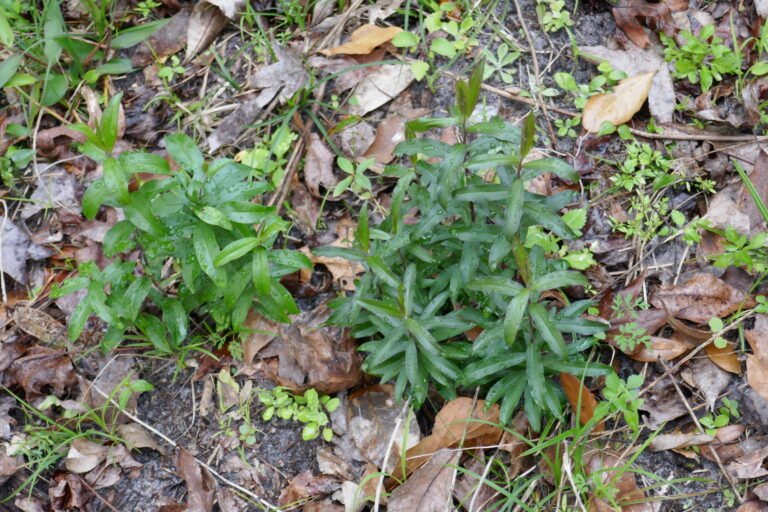
Flowers
Many people incorrectly believe that goldenrod is responsible for hay fever, however, since goldenrod is insect pollinated, rather than wind pollinated, it is not the culprit because the pollen is not airborne.
Wind pollinated plants such as ragweed and oak are likely the cause of hay fever attacks.
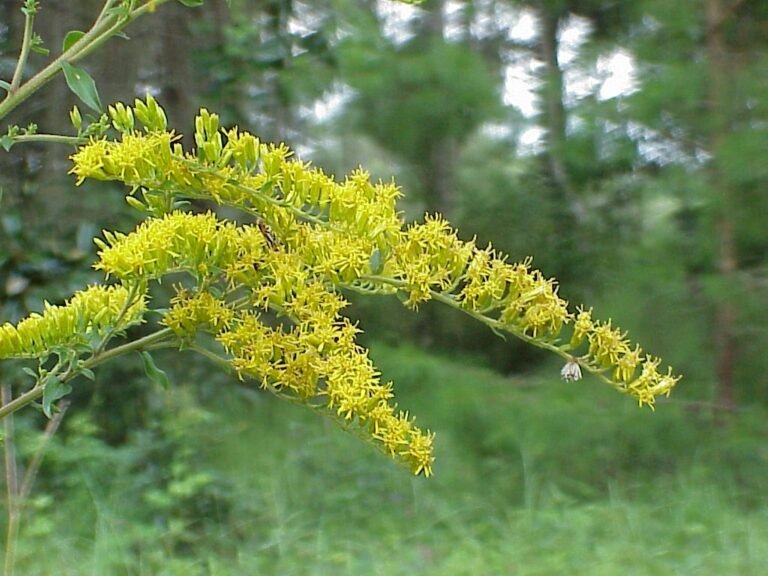
Fruit / Seeds
The seeds are very tiny at about 2 1/2 mm in length.
Each seed has a pappus, the fluffy bit at the end, that gives it a way to let the wind pick it up and carry it away.
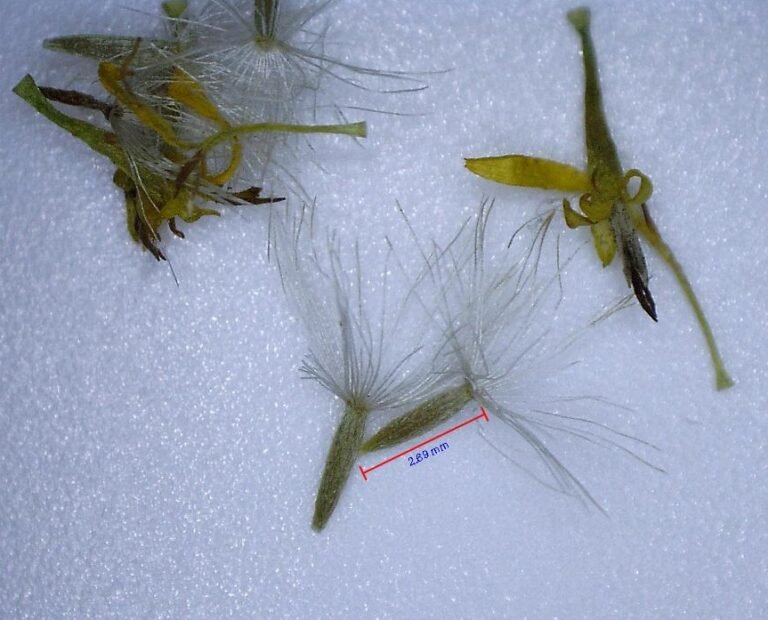
Habitat
Chapman’s goldenrod, Solidago odora var. chapmanii, occurs naturally in dry open woods, sandhills, and pinelands.
Native Range
Blustem prickly poppy is an annual wildflower that grows to a height of 2 to 3 feet.
Landscape Use
This goldenrod forms clumps and does not spread by runners, and prefers dry sites.
I find these characteristics quite appealing in the home landscape because this goldenrod will not take over a flowerbed or require watering once established.
In the home landscape Chapman’s goldenrod prefers average moisture with dappled sunlight. Once established it is drought tolerant.
It will grow in very shady areas, but does not flower as well, and may become lanky.
It is quite nice in the landscape because it provides beautiful clumps of greenery throughout the year and then in the fall bright yellow flowers burst open at the tops of the green clumps.
The best color effect is produced when it is planted in mass. It is best to mulch with leaves or pine needles as many wildflowers are damaged by the excessive moisture retention of heavy mulches such as Melaleuca, cypress or pine bark.
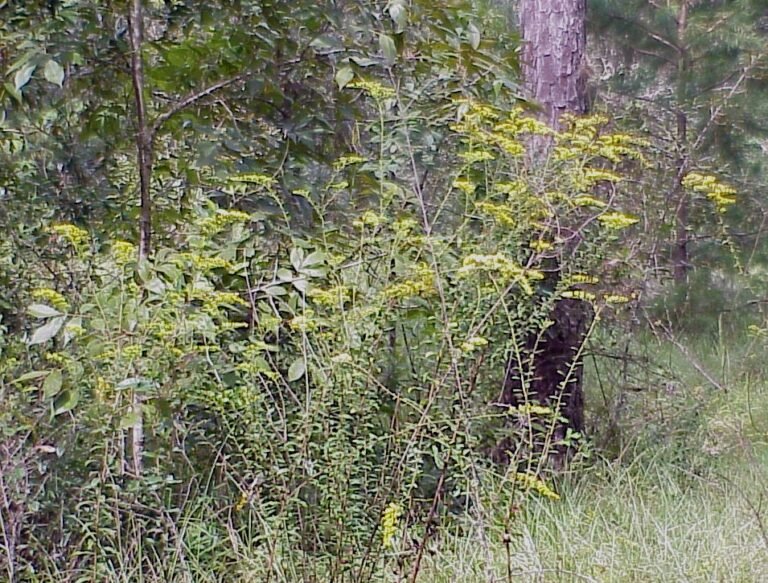
Wildlife Use
The flowers attract an incredible variety of insect pollinators including bees, wasps, love bugs, and small butterflies such as skippers and hairstreaks.
Songbirds such as goldfinches and sparrows eat the seeds, and meadow mice and deer eat the foliage and flowers.
Propagation
Propagation can be achieved with seeds, however, I find it much easier to use transplants.
Any size transplant will survive if immediately put into potting soil, or directly into the ground, and kept regularly watered until established.
Also, remove any blooms or seed heads when transplanting to help reduce shock.
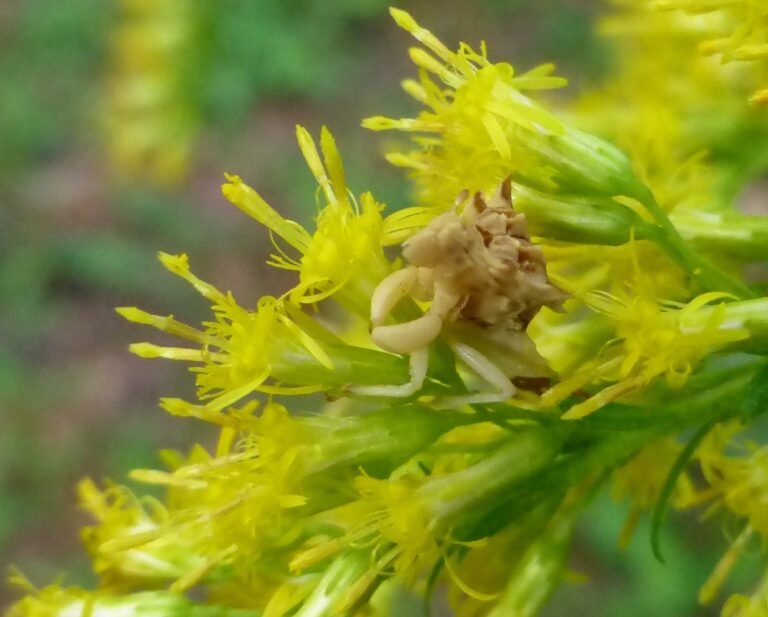
You Might Also Like: Cooley’s Water-Willow
